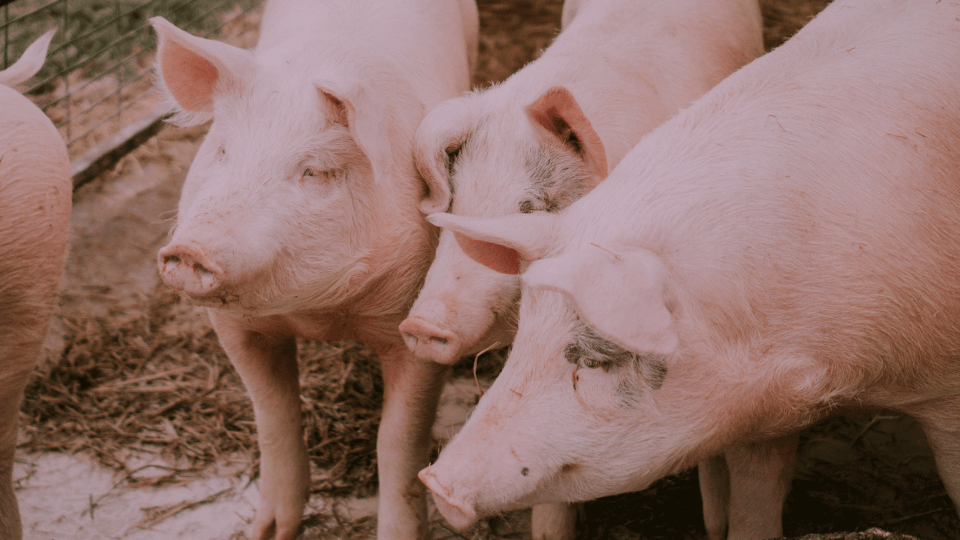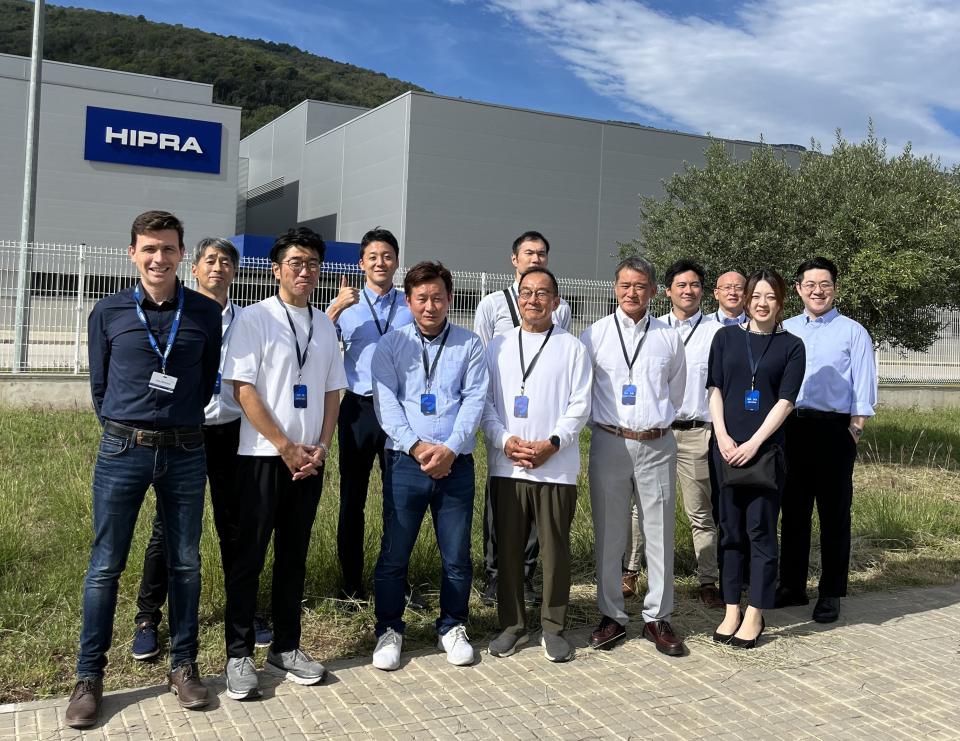In addition to our attendance at the APVS congress and tacking advantage of the China location of the congress, on Friday 12th May, a HIPRA UNIVERSITY course - “Understanding vaccine strategies against Aujeszky’s disease”.
Over 100 guests attended at the event co-ordinated by the HIPRA CHINA team. An excellent content had been prepared that included an update on the disease, control plans, the situation in Asia in general and in China in particular, as well as successes in its control by local companies.
Once the congress had been opened, the satellite symposium entitled “Hipra, on the cutting edge of innovation in prevention in for Asian Pig Production” took place, and which was facilitated by Rafa Pedrazuela (Corporate Manager Swine Business Unit). Our first speaker was Dr. Ma Chuang (Vice-Secretary General of the Animal and Veterinary Medicine Association in China) who gave a presentation on the global outlook for Asian pig production with special focus on China, as it accounts for over 50% of world pig production.
We continue with Agustí Camprodon (Corporate Brand Manager) who gave a presentation entitled “What´s behind our vaccines?” focalising on the “seng” line vaccines. We carry on with Alex Wu (Technical and Marketing Manager Asia) presenting the results obtained with our vaccines in different parts of the world, with our most important products, sharing with the audience the excellent results that we are obtaining with our swine portfolio.
To conclude the technical part of the symposium, Dani Torrents (Swine Corporate Technical Service) explained the concept of Smart Vaccination and how HIPRA is not only marketing vaccines, but is also providing added value to them. The event was closed by the Asian Zone Director, Peter Saey.
Over half of pig production takes place in Asia so that our presence at this APVS Congress strengthens our commitment to world pig production and at the same time allows us to expand our position as an innovative reference for prevention in the context of Asian pig production.








